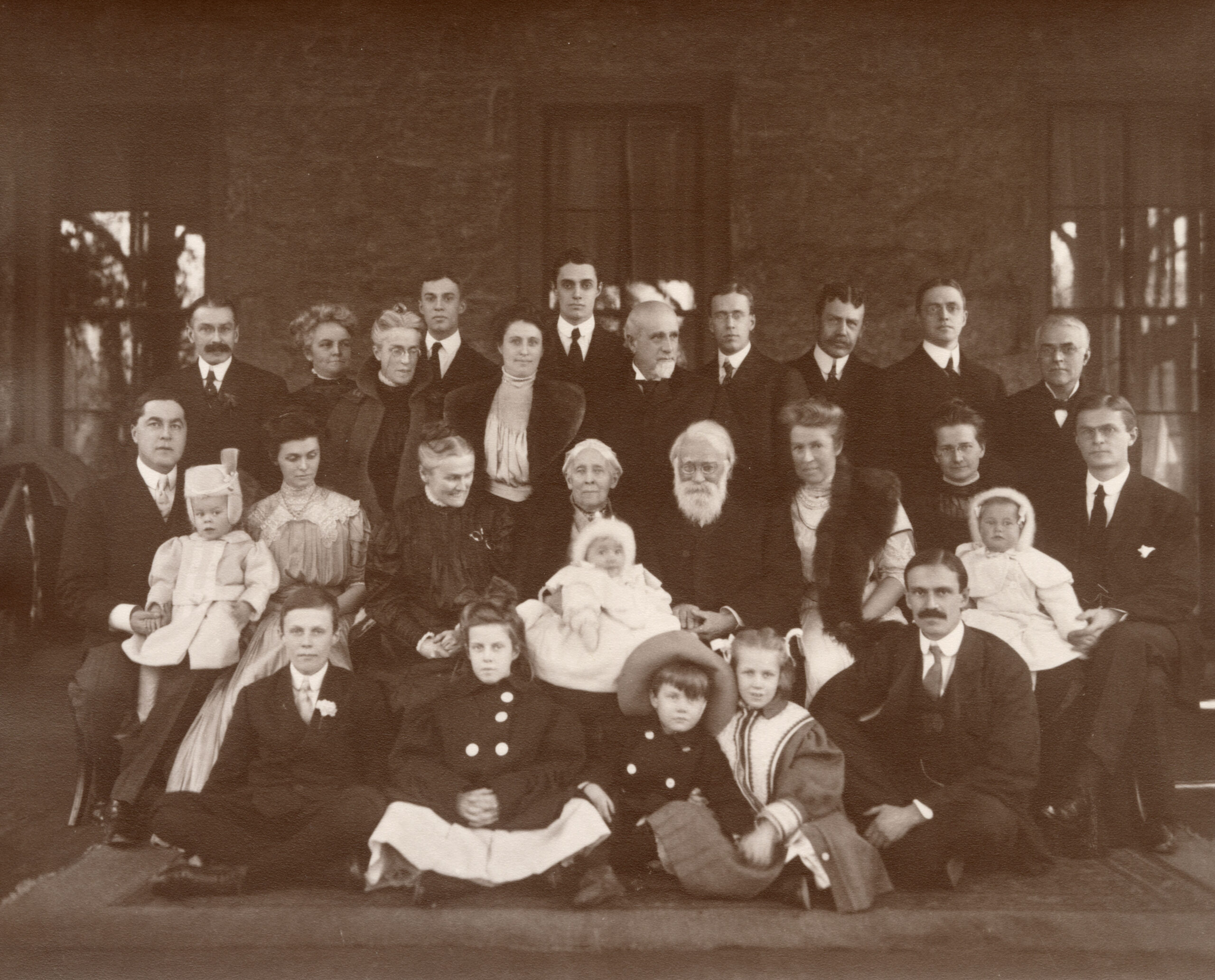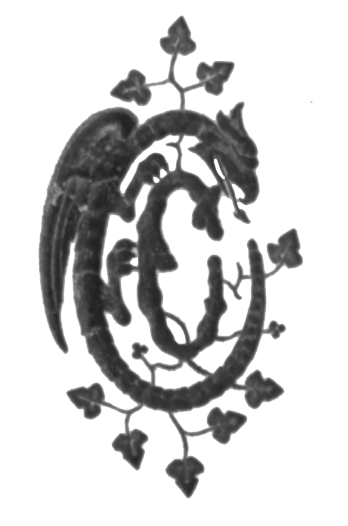Cope-Evans Project
Tracing two prominent Orthodox Quaker families in Philadelphia over a century of change

The Cope-Evans Project, the work of the Haverford College Libraries, traces the lives of the Cope and Evans families, two prominent Orthodox Quaker families in the Philadelphia region, over a century of economic, religious, technological, and social change between 1820 and 1920.
The beginning of the period saw the deepening of tensions in the Society of Friends in Philadelphia, leading to a schism in 1827, with the Evans family at the center. The Cope family began extending their packet ship line, later known as the Cope Brothers, to service not just Philadelphia and Liverpool but also various cotton ports across the Southern United States, building a fortune and calling into consideration Quaker views on abolition and enslavement.
The Industrial Age in America radically transformed nearly every aspect of American daily life after the Civil War (1861-1865). Innovations in transportation and manufacturing accelerated the rate at which goods were produced and distributed, and changed the nature of work. New printing and photographic processes, the invention of the telegraph and telephone, and mass production improved the standard of living for many Americans and connected them to each other in new ways; the families began traveling more extensively and began documenting their lives not only through correspondence but also through photographs. However, this rapid industrialization also led to a wave of social and economic problems, and the families renegotiated their relationships with philanthropy and social reform, particularly in areas outside of Philadelphia.
In 1873, the two families merged through the marriage of Rachel Reeve Cope and Jonathan Evans. Multiple generations of the family would live at Awbury, the family estate just outside of Philadelphia in Germantown, supported by a number of nurses, maids, cooks, and other household workers. Over the next decades, the Cope-Evans family would travel more extensively than ever before.
The correspondence contained within the Cope-Evans Family papers (HC.MC.1170 and HC.MC.1242) provides insight into each of these changes, as the family navigated both societal changes and evolving personal relationships. Thomas Pim Cope’s letters include those to his sons on his business interests, while the letters of Anna S. Cope (1822-1916) and Francis R. Cope (1821-1909) discuss home life, children, and connections with family and friends. Many of the Anna S. Cope’s letters were written from family vacation spots in New England, where she often went to escape the hot summer months in Philadelphia. Letters of Francis R. Cope include letters written while in Virginia on Freedmen’s Relief Association business after the Civil War (1861-1865) as well as letters related to estate sales in Washington D.C. The letters of sisters Clementine, Caroline, and Annette Cope include many travel letters from Europe.
But while the Cope-Evans family often held prominent positions in the Philadelphia Yearly Meeting, and the Evans family was central to the 1827 schism, they rarely discussed weekly meeting activities in detail, a notable difference from the typical Quaker correspondence of the time. This lack of mention indicates that while the family was respected within the Society of Friends, they did not usually center their voices at weekly Meetings for Worship or travel in the ministry, as was common among Quaker families of similar status.
Of course, not all correspondence generated by the family has been saved or even received. Clementine Cope, for example, wrote in September 1869 from Europe in reply to a letter from her brother Alexis. Yet Alexis’s letter is not in the collection, nor are Clementine’s letters from “England Scotland Brussels & Interlaken,” which had not yet arrived–and may never have–as Clementine again wrote her brother. In fact, much of the collection is weighted toward particular individuals not because they necessarily wrote more than other members of the family, but because their letters were more often saved. The absence of correspondence often suggests a great deal about a person’s life–did they not need to write to their family member because they were living in close proximity to one another, and could converse in person? Were they simply unable to save their correspondence, either because they were traveling or because they did not have the capital (space, time, and/or money) to do so? The Cope-Evans Family papers do not document every detail of the family’s activities, but the collections and their silences allow us to understand key aspects of their lives.
Accounting for Wealth
It is often difficult to translate historical dollar amounts into modern reference points. In 1864, Alfred (1806-1875) and Henry (1793-1865) Cope each ranked among the 150 wealthiest Philadelphia residents–well within the top one percent–with incomes of $57,563 and $54,626, respectively (Income Tax of the Residents of Philadelphia). Francis Reeve and Thomas Pim Cope each earned just over $20,000 in the same year.
This wealth appears to have held relatively steady over the next forty years. In 1900, Francis Reeve Cope, Jr. (1878-1962), inventoried his estate at a total of $44,383.46, including stocks, bonds, loans, mortgages, and cash (Papers of Francis R. Cope Jr. (1878-1962)). In a simple inflation calculation based on the Consumer Price Index, that figure is equivalent to $1,692,057 today. However, measured by its relative share of GDP per capita, $44,383.46 in 1900 is equivalent to $13,254,565 today. This latter figure likely more accurately represents the wealth held by the Cope-Evans family at the turn of the century. Though not millionaires in their day or among the highest echelons of the upper class, an annual income of greater than $1,300 placed them within the top four percent of white, non-farm-owning families (Lebergott 307). As a result, their lifestyle greatly differed from that of many Philadelphia residents as their wealth allowed for substantial contributions to philanthropic endeavors.
Bibliography
Income Tax of the Residents of Philadelphia and Bucks County, for the Year Ending April 30, 1865. Philadelphia, 1865.
Lebergott, Stanley. The American Economy: Income, Wealth, and Want. Princeton University Press, 2015.
Papers of Francis R. Cope Jr. (1878-1962). Woodbourne Orchards and Family of Francis R. Cope, MC.1230, Box 11, Quaker & Special Collections, Haverford College, Haverford, Pennsylvania.

